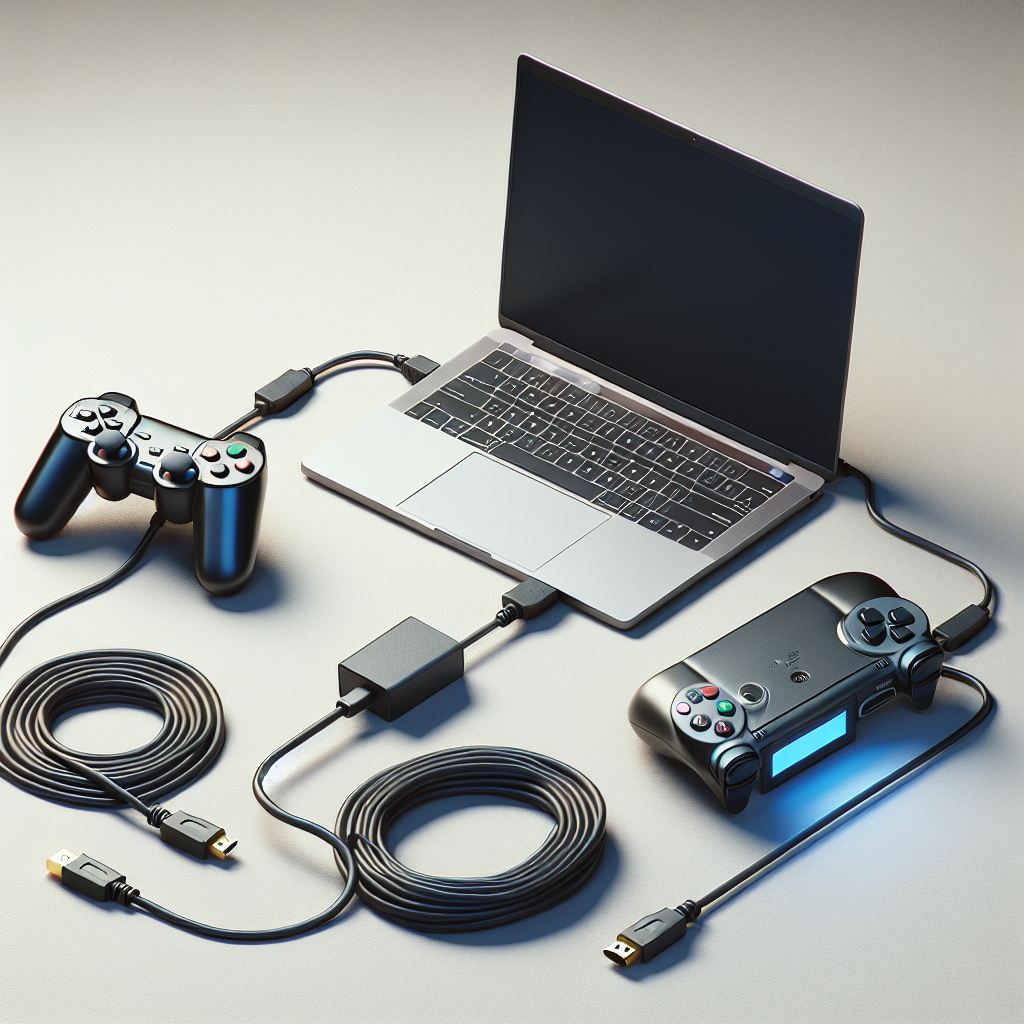Introduction
The Sony PlayStation 3 (PS3) is a versatile gaming console beloved by many. However, did you know that you can connect your PS3 to a laptop? This can be useful for gaming on a larger screen or using your laptop as an additional display. This guide will walk you through the process, step-by-step.
Requirements
Before getting started, ensure you have the following items:
- HDMI Cable: Connects the PS3 to the laptop.
- Video Capture Device: Necessary for most laptops since they typically have HDMI output but not input ports.
- Software: Capture software like OBS Studio or Elgato Game Capture.
- PS3 Console: Your PlayStation 3.
- Laptop: The laptop you plan to connect to.
Step-by-Step Guide to Connecting PS3 to Laptop
1. Setting Up the Hardware
First, you need to set up the hardware:
- Connect the HDMI Cable: Plug one end of the HDMI cable into the PS3.
- Connect to Video Capture Device: The other end of the HDMI cable goes into the video capture device.
- Link Video Capture Device to Laptop: Use a USB cable to connect the video capture device to your laptop.
2. Installing Necessary Software
To capture the video signal from the PS3, you’ll need software installed on your laptop. Options include OBS Studio, Elgato Game Capture, or similar tools. Follow these steps:
- Download and Install the Software: Visit the software’s official website to download and install it. For instance, OBS Studio is available at obsproject.com.
- Configure the Software: Once installed, you will need to configure the capture settings. Open the software and go to settings.
3. Configuring the Software
Follow these general guidelines to set up your software:
- Select Video Capture Device: Choose the video capture device as your input source in the software settings.
- Resolution and Frame Rate: Set the resolution and frame rate to match your PS3’s output. Typically, this will be 720p or 1080p.
- Audio Settings: Ensure audio comes through the capture device. Some software allows you to mix different audio sources.
- Start Capture: Once configured, start the capture session. This should display your PS3’s output on your laptop screen.
Alternative Methods Without Video Capture Device
If you’re on a budget or don’t have a video capture device, consider these alternatives:
1. Remote Play (For PlayStation 3)
Sony offers a Remote Play feature, but it’s more commonly associated with the PS4 and newer. However, custom firmware and specific apps may enable this feature on the PS3. Note that this requires advanced technical knowledge and may void your warranty.
- Install Custom Firmware: Proceed with caution, as this step is risky and complex.
- Download Remote Play App: Software like PS3.ProxyServer can help you set it up.
- Configure Network Settings: Make sure both your PS3 and laptop are on the same network.
2. Using a TV Tuner Card
A TV tuner card can sometimes serve as an alternative to a video capture device:
- Install the TV Tuner Card: Insert the card into the appropriate slot on your laptop (if available).
- Connect HDMI: Use the HDMI cable to connect your PS3 to the tuner card.
- Configure Software: Use the software that comes with the tuner card to display the PS3 output on your laptop.
Troubleshooting Common Issues
If you encounter issues, here are some common troubleshooting tips:
- No Signal: Ensure all cables are securely connected and that your capture device is recognized by the software.
- Lag or Delay: Check the resolution and frame rate settings. Sometimes reducing them can help.
- Audio Issues: Confirm that audio settings in both the PS3 and the capture software are correctly configured.
Conclusion
Connecting your PlayStation 3 to a laptop can be a straightforward process if you follow these steps properly. Whether you’re using a video capture device, exploring Remote Play options, or trying a TV tuner card, these methods can help you extend your gaming or multimedia experience. Enjoy your enhanced gaming setup!

